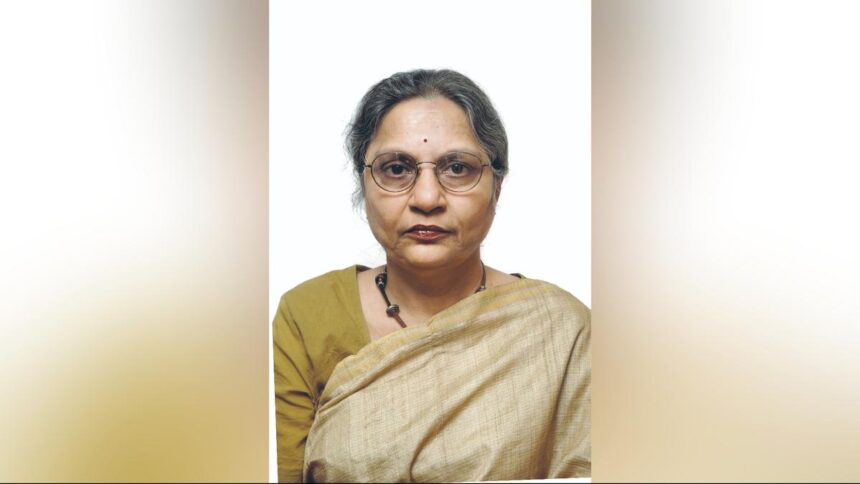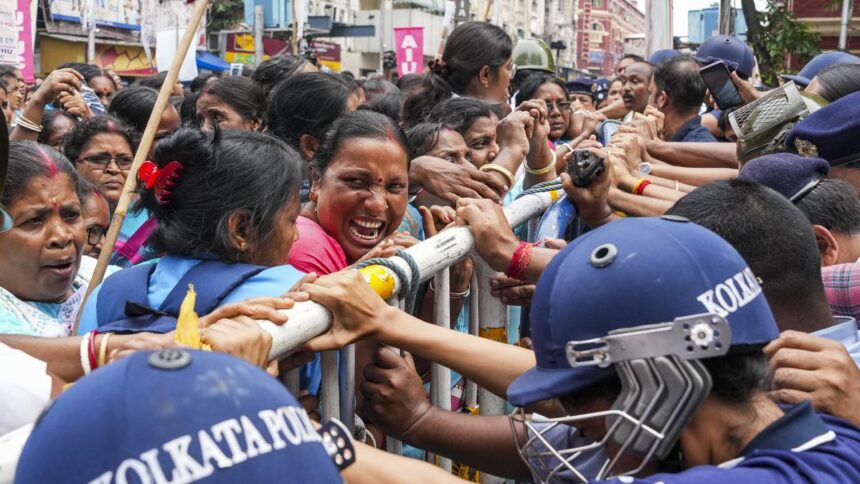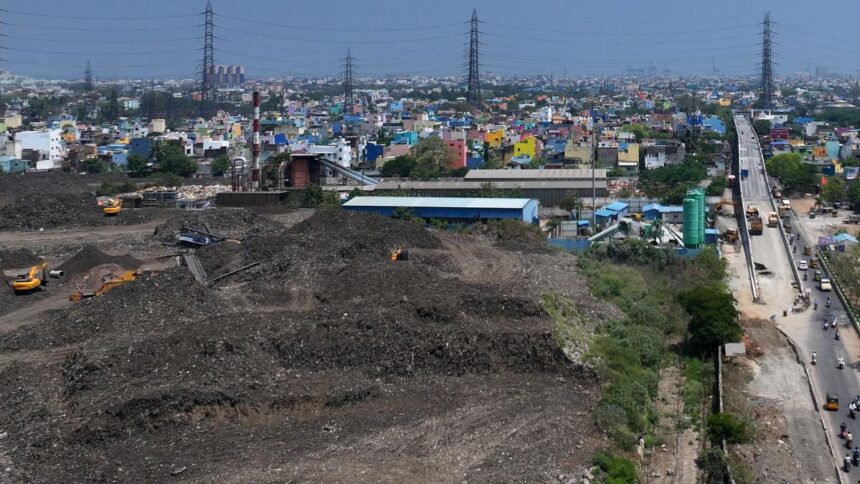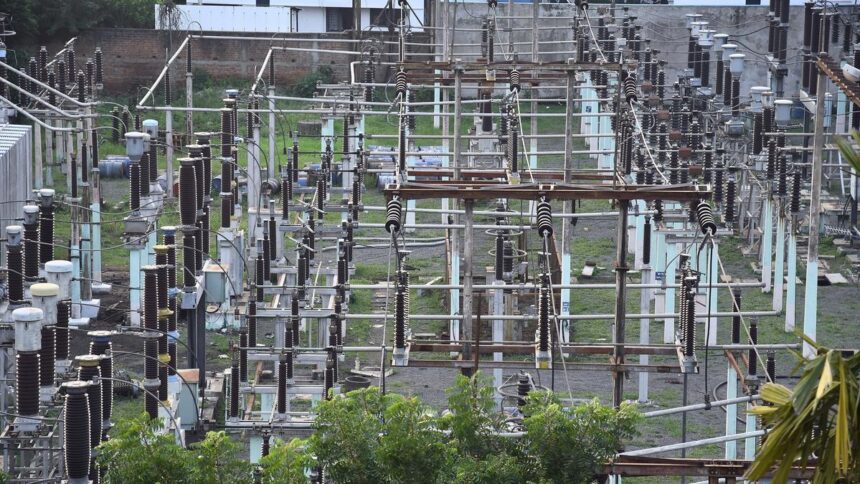Demanding that the Public Distribution System (PDS) shops be brought under a single department, the Tamil Nadu Government Fair Price Shops Employees Union (TNGFSEU) on Monday staged a sit-in protest outside the Collector office here on Monday.
As the ration shops were administered by different departments such as Co-operation, Food and Consumer Protection and Revenue, any plea from the workers was not reaching the officials concerned, said D. Chelladurai, State deputy president, TNGFSEU.
“If only one department administers the shops, our basic demands such as decent pay and enhanced facilities could be represented through a single window. In the current situation, due to several roadblocks in accessing the department concerned, many of our demands are not even taken into consideration by the government,” he added.
The protestors also demanded equal pay for all workers of ration shops.
While Tamil Nadu Civil Service Corporation (TNCSC) runs about 3,500 ration shops, the Co-operative Department runs close to 32,000 shops, the eligibility criteria for workers of the ration shops is grade 12. In this situation, the workers falling under TNCSC were paid about ₹40,000 per month, and those under the Co-operative Department only about ₹20,000, he said.
Condemning the difference in pay as discriminatory, he said everyone should be brought under the same pay scale.
Another demand was to link the TNCSC warehouses measuring device with the ration shops billing system. By bringing them together through a system, the discrepancies in difference of stock in the warehouses and shops could be resolved.
Also, the Point of Sale (POS) machines used at ration shops to record the fingerprints of the consumer, due to high accuracy, were rejecting users with even a slight deviation of fingerprints, Mr. Chelladurai said.
“For many people, their fingerprints could fade away due nature of their work. So, in such cases, high accuracy machines could reject their fingerprints. As this has increased in recent days, the workers face delays in processing the bills and selling the products,” he further said.
When the accuracy level was reduced to about 40%, with the linkage of Aadhar card to the system, the users could be identified with whatever fingerprints they had, he added.
Published – July 07, 2025 08:48 pm IST




















